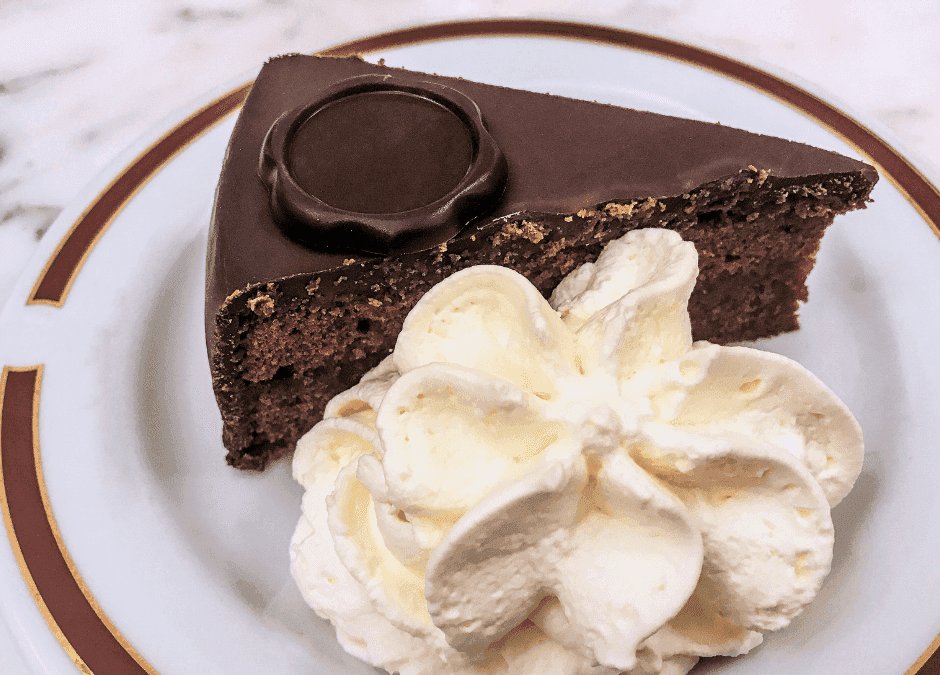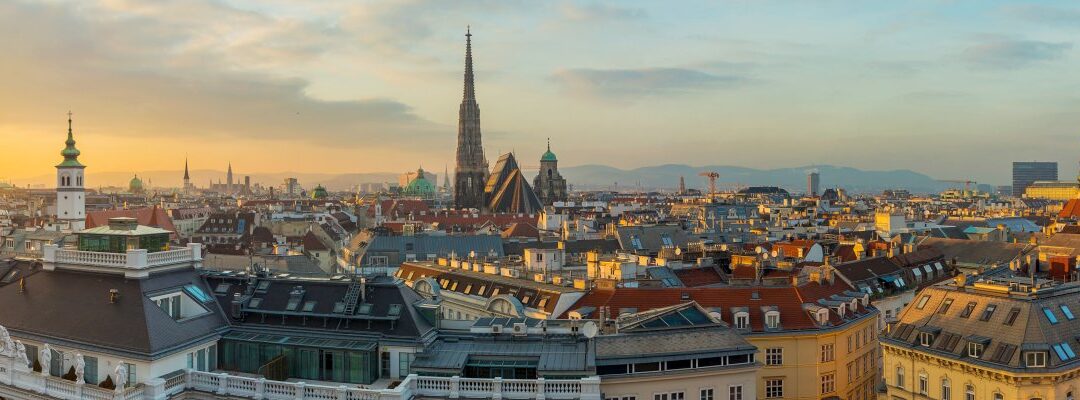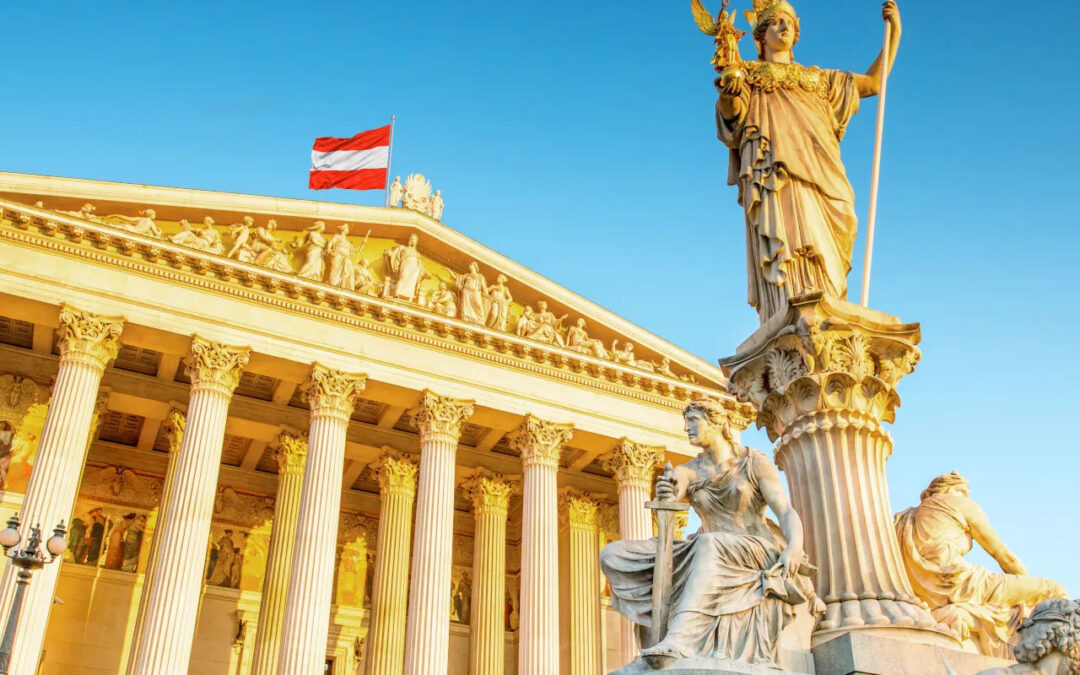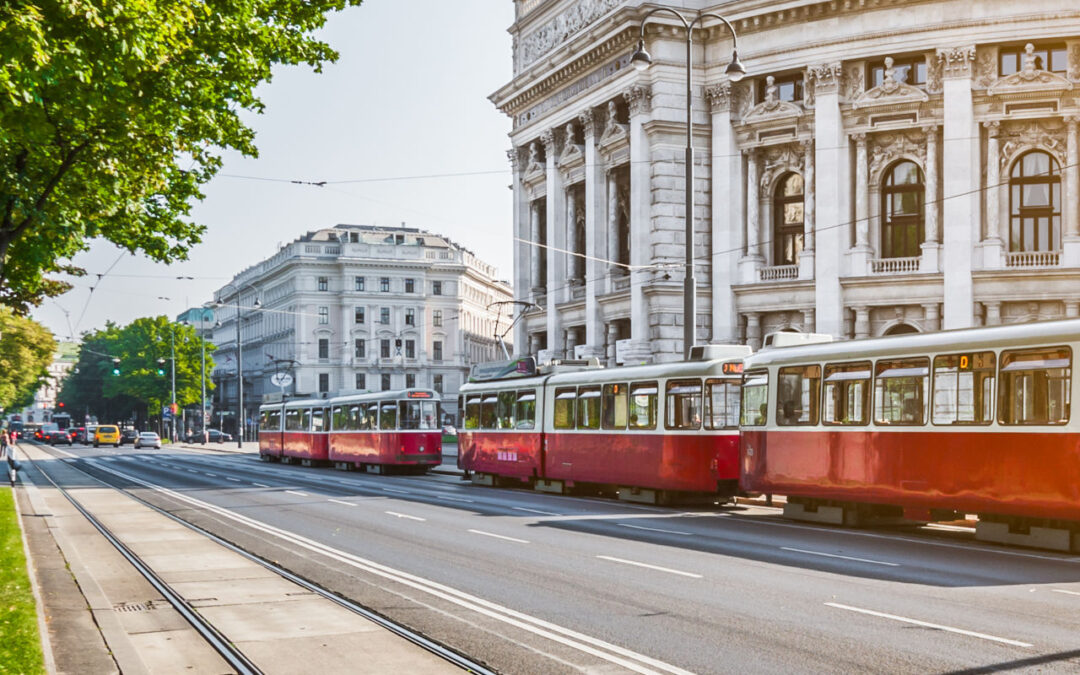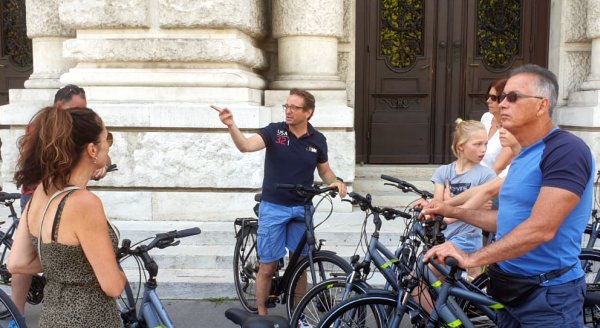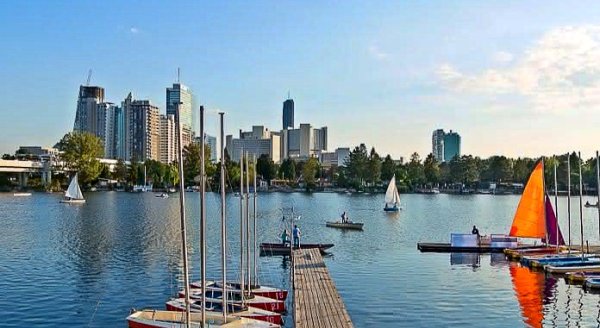
Café Central 1930
As a guide in Vienna, I’m often asked about the differences between life here and in the Netherlands. But there’s one thing that still amazes me after all these years: Vienna’s coffee culture. Forget everything you know about ‘grabbing a quick coffee’ – in Vienna, drinking coffee is an art.
Just this morning, while preparing for a bike tour, I stopped at my regular café, Café Central. The waiter, Herr Weber, knows me by now. Without saying a word, he nods understandingly and asks: “The usual Melange, Herr David?”
What many tourists don’t know is that a Viennese coffeehouse is much more than a café. It’s an extension of your living room, an office, a meeting place. While sitting there with my Melange (the perfect mix of espresso and velvety milk foam), I see lawyers reviewing their files, writers finding inspiration, and locals reading newspapers for hours – with just one cup of coffee.When you enter, you immediately feel that time ticks differently here. Nobody looks at their watch. The marble tables, chandeliers, and classical music in the background create an atmosphere that takes you back to the glory days of the Habsburg Empire.

Cafe Hawelka
What the bistro is to Paris and the pub to London, the coffeehouse is to Vienna. In 1685, the Armenian Johannes Theodat received the first Viennese license to serve coffee in an establishment. By 1819, the city already had one hundred and fifty coffee establishments, and around 1900, there were approximately six hundred.The coffeehouses experienced their greatest flourishing during the Fin de Siècle when many writers, artists, musicians, journalists, and politicians preferred to spend entire days in their regular café working, debating, playing cards, and drinking ‘schnaps’ until late in the evening. Only to cure their hangover with coffee the next morning.
The popularity of the coffeehouse was related to Vienna’s enormous population growth from the second half of the 19th century. The construction of railways made traveling easier. Migrants came from all countries of the Danube Monarchy to the economically flourishing city, looking for work. The number of inhabitants doubled in a short time. Around 1910, Vienna was the fourth-largest city in the world after New York, London, and Paris, with more than two million inhabitants. Housing shortage was severe, and for many impoverished artists, working in the coffeehouse was much more pleasant than in their small, unheated apartments. The fact that they sometimes consumed only one cup of coffee all morning didn’t bother the proprietors and waiters: after all, they brought their regular establishment name and fame.
 In 2011, Viennese coffee house culture was designated by UNESCO as intangible cultural heritage. The city still counts about five hundred coffeehouses. During our bike tours, I always stop at one of these traditional coffeehouses. I then see the amazement on the faces of my Dutch guests. “But where’s the cash register?” they often ask. In Vienna, you don’t pay until you leave – rushing is taboo.
In 2011, Viennese coffee house culture was designated by UNESCO as intangible cultural heritage. The city still counts about five hundred coffeehouses. During our bike tours, I always stop at one of these traditional coffeehouses. I then see the amazement on the faces of my Dutch guests. “But where’s the cash register?” they often ask. In Vienna, you don’t pay until you leave – rushing is taboo.
My favorite moment? When I see my guests trying an ‘Einspänner’ for the first time – strong black coffee with a towering mountain of whipped cream, served in a glass. Or when they discover that a ‘Kleiner Brauner’ has nothing to do with beer, but is an espresso with a dash of cream.
After years of exploration, I’m happy to share my favorite coffeehouses with you:
Café Central (Herrengasse 14) A true institution since 1876. The Viennese intellectual elite once gathered under its magnificent vaults. Sigmund Freud, Leon Trotsky, and writer Peter Altenberg were regulars here. The architecture alone is breathtaking, with its marble pillars and crystal chandeliers. Be sure to try the ‘Kaiserschmarrn’ here.
Café Sacher (Philharmoniker Str. 4) Famous for the original Sacher-Torte, this coffeehouse in the luxurious Hotel Sacher is a piece of Viennese history. The red wall coverings and crystal chandeliers create a royal atmosphere. Tip: come early or make a reservation, as the queue can be long.
Café Hawelka (Dorotheergasse 6) My personal favorite for a late evening coffee. This authentic coffeehouse still breathes the atmosphere of the 1950s. Leopold Hawelka himself once welcomed artists and writers here. Try the freshly baked ‘Buchteln’ (sweet buns) after 10 PM.
Café Landtmann (Universitätsring 4) A fixture of Viennese life since 1873. With views of the Burgtheater and the University, this is a favorite spot among professors and theater people. The Apfelstrudel here is legendary.
Café Sperl (Gumpendorfer Straße 11) One of the best-preserved coffeehouses from the 19th century. The original billiard tables are still there. The quiet atmosphere makes it perfect for a long morning with the newspaper. Their specialty: Sperl-Torte.
Café Mozart (Albertinaplatz 2) Located next to the Albertina, this was a favorite spot of Graham Greene while writing ‘The Third Man’. The elegant art deco interior and the perfect Einspänner make this a must-visit.
Café Demel (Kohlmarkt 14) Once purveyor to the Habsburg court, still one of the best pastry shops in the city. What’s special here: you can watch the pastry chefs at work in the open bakery.
Tips for your first visit to a Viennese coffeehouse:
- Take your time. Really. You’ll never be rushed out.
- Try a traditional Melange
- Order a piece of Apfelstrudel with it
- Remember that the waiter is called ‘Herr Ober’
- Enjoy the newspapers that are available
The next time you’re in Vienna, I invite you to discover this special culture with me. Until then?
Servus from Vienna!


